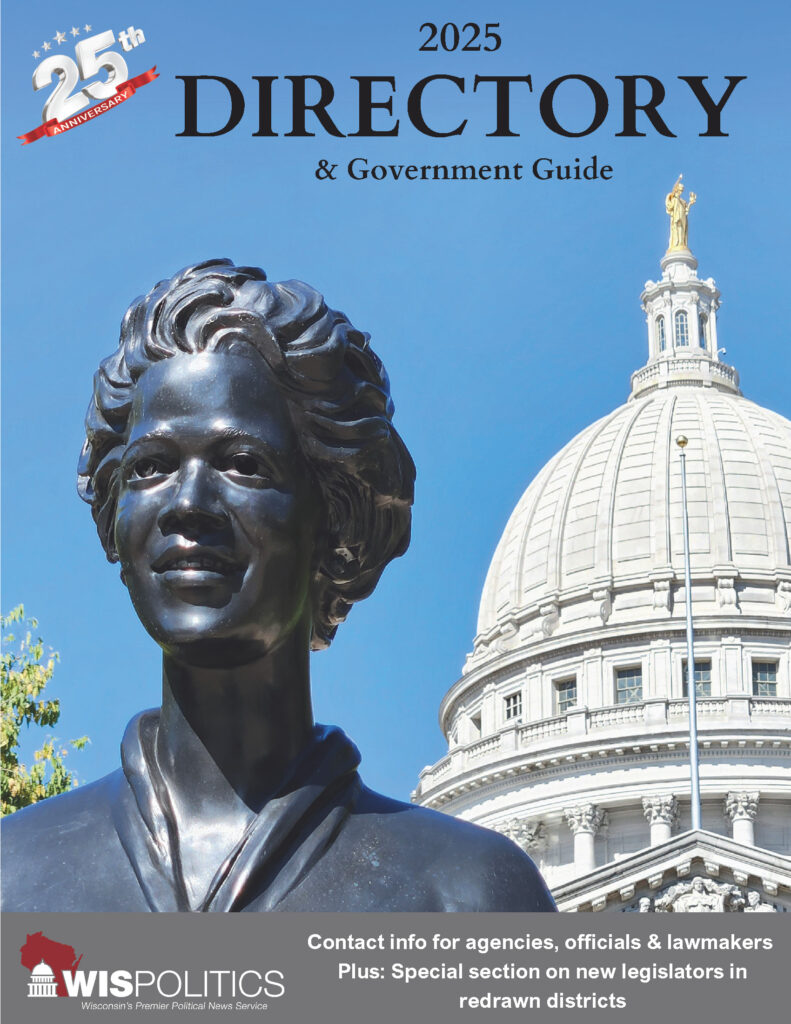Evers Administration launches map showing 262,000 Wisconsinites lack access to high-speed internet as governor urges Republicans to approve $400 million high-speed internet proposal
MADISON — Gov. Tony Evers today urged Republicans in the Wisconsin State Legislature to approve substantial state budget investments to continue expanding high-speed internet acr...
Please log in to access subscriber content.
If you don't have a subscription, please contact schmies@wispolitics.com for subscription options on the WisPolitics-State Affairs platform, which is the new home for WisPolitics subscriber products.


